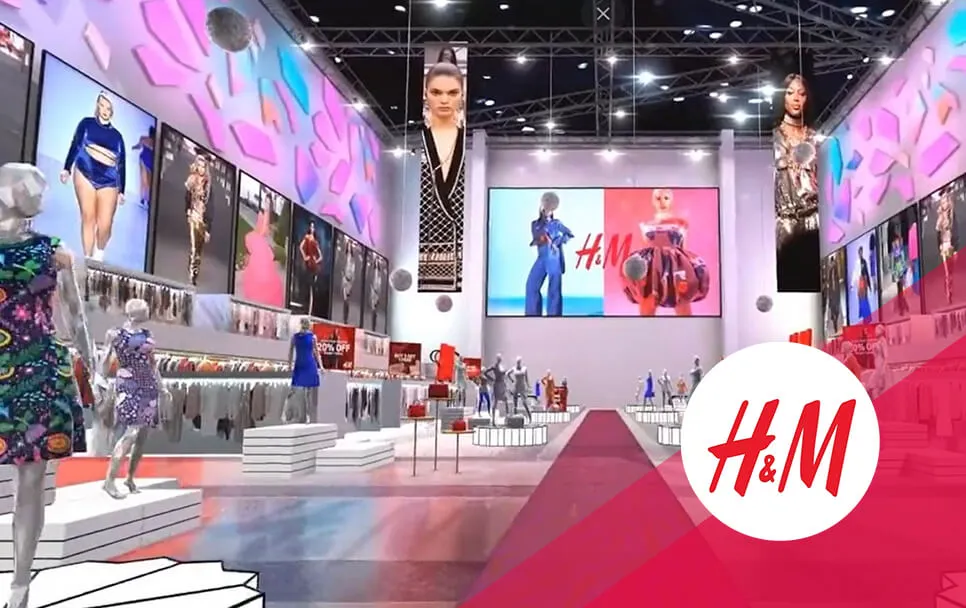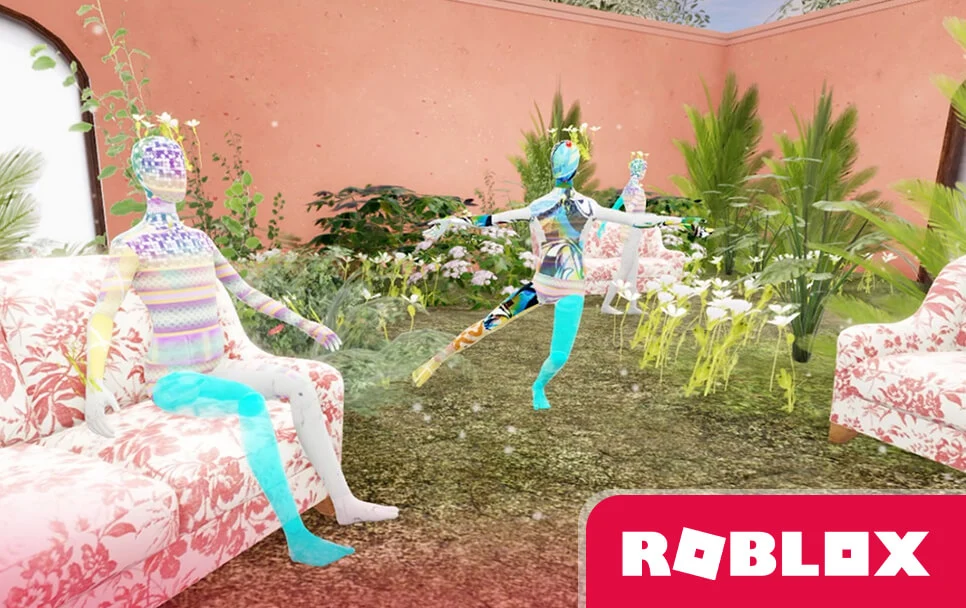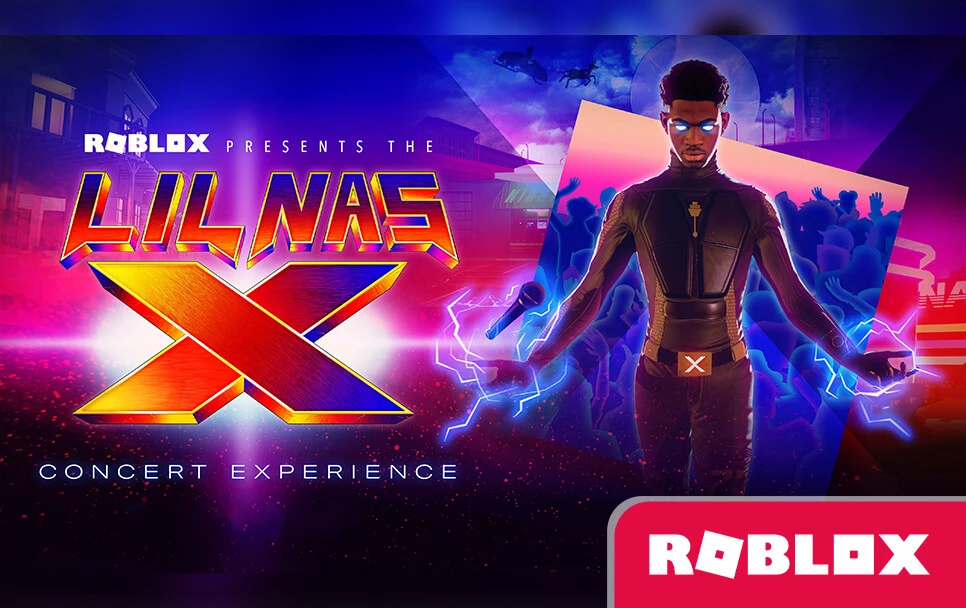Rethinking Reality: Influencer Marketing in the Metaverse

With the popularity and constant innovation in the metaverse realm, it is pretty evident that Augmented Reality (AR) and Virtual Reality (VR) were building up to this moment in futuristic technology. This is very well documented by the fact that VR / AR market size stands at 58.7 billion USD currently, and is set to grow 406% by 2024.
If you are still wondering what this number entails, let me break it to you- Metaverse will be extensively penetrating the internet over the course of next 3 years. This can already be witnessed in the fact that approximately 85 million users will interact with AR or VR at least once in the year 2024. We can even see brands proactively experimenting and pushing boundaries of what can be achieved through metaverse and metaverse marketing. A prime example of this is Forbes, which has launched a column with a renowned Metaverse strategist Cathy Hackl where they talk about evolution and accessorizing of the Metaverse.
Even huge artists like Lil Nas X and Travis Scott are leveraging this concept to push their show experience for fans. So much so, that their virtual concerts jointly pulled in an audience of 79 million fans. Proving a point that the current craze for metaverse wrapped by these artists’ influence over their audience can lead to realistic unfolding of influencer goals that can be achieved by brands and artists alike. Giving rise to the concept of influencer marketing in the Metaverse via metaverse influencers.
It's no news that everyone wants a piece of this and leverage it to their benefit. Thus, in this blog, I will take you through how the marketing is taking a turn in the Metaverses and what role influencers are playing in driving this new trend.
Virtual Influencer Market: Influencers and Influencer Marketing in the Metaverse
Where there are brands, there are influencers helping them in leaps & bounds to win the game. The same stands true for virtual influencer marketing or marketing in the metaverse. However, there is a subtle balance between how the concepts of influencer marketing and metaverse can help each other expand horizons. Let’s explore how these both industries are complimenting each other’s growth in this virtual influencer market.
On one hand, big brands are digging their teeth fast in the metaverse realms, as it represents a high potential arena and influencers are playing a huge in this. Thus, influencers are expanding the audience for metaverse through their influence. While on the other hand, metaverse is so far proving to be a completely uncharted territory for influencers. Wondering how? Well for starters, the possibilities in the metaverse are endless. Food influencers can explore cuisines together. Sports influencers can create virtual fanbases and what not. The only limits are our imaginations. In this way, metaverse marketing will give a positive boost to the creator economy.
However, I have still not touched upon the most intriguing part of this discussion. The best feature of metaverse remains the boundless possibilities of invention, innovation and evolution of characters, places and experiences. This also applies to the possibility of inventing new influencers who are completely virtual and abstract in nature. Yes, that is exactly how the concept of creating virtual influencers, also known as metaverse influencers, was coined.
Very often considered as an extensive virtual experience, very much like the popular game Fortnite, Metaverse is also a simulated environment where you can don any avatar you want in an immersive, interactive digital world. It is mostly self-contained, however, relies on user generated content to enhance the experience for users. Naturally, the gaming industry, including the brands as well as the influencers were the first to grasp this shining opportunity. Consequently, not to our surprise, they leveraged a lot from the metaverse and in the process helped to push it towards its potential.
How Brands are Pursuing the Virtual Influencer Marketing in the Metaverse

This realm is spanning across multiple segments, from fitness to travel, from education to fashion, this much has been clear for a while now. Let’s walk through how brands around the world are experimenting with Influencer Marketing in the Metaverse.
Brands like Ikea and H&M were already leveraging the best out of virtual reality as they allowed their customers to try on the display items virtually while walking through the virtual store. However, we can see many brands scaling and capitalizing this on a bigger note. To explore this notion further, I would like to take a moment to discuss the Gucci Garden Exhibition held in Roblox, a virtual gaming platform initially popular among teenagers, in May 2024, which quickly expanded into a Metaverse.

Through this experimentative Metaverse, Gucci wanted visitors to find their true, unique selves by starting out as a blank canvass that only absorbs and retains what we experience and feel most throughout the different rooms of the garden. Through this, I think it’s safe to say that Gucci capitalized the best of Metaverse and created a long-lasting experience for its customers. Here Roblox played a huge role as a metaverse influencer by spawning out this urban romanticism of Gucci’s virtual vision.
The key takeaway from this venture remains how a brand and an influencer helped each other to a mutual benefit. Thus, the space may have evolved, the concept & roots of influencer marketing remain unchanged in Metaverse as well.
What Does the Future look like for Influencer Marketing in Metaverse?
Meta Platform Inc., formerly known as Facebook Inc., has made it quite clear where the digital world is headed in the near future and the time to leverage it is right now. Stirring a chaos of wokeness among the brands Meta has cleverly set the intentions for the next decade or so. As far as influencers and their marketing in the metaverse is concerned, this opens up new, previously unexplored methods of communications between the creators and their audience. This will, inevitably, create more meaningful and accurate interactions among them, and will feel more real and tangible.
This was very well witnessed in what musician Travis Scott was able to pull off in his virtual concert with his Fortnite avatar, which barely ran a span of total 9 minutes. However, this was attended by over 12 million people, earning him a revenue of $20 million. Something like this would have been nearly even half as possible via a physical event. Being on a virtual platform, even unwell people, school students, working people on a break, might have got the chance to experience it!

Thus, more events such as exhibitions, concerts, conferences are expected to be held virtually, and where there is a scope of marketing, there are virtual influencers and their marketing.
The best of metaverse will still remain its openness to accept all sorts of influencers, from virtual to CGI based. The industry that is valued at $13.8 billion as of 2024, a small contribution comes from influencers built for metaverse, widely known as virtual influencers. As per Virtualhumans.org, a website that keeps track of new & upcoming virtual avatars, there are now 180 virtual influencers in the metaverse realm.
Conclusion
What we have to understand about influencer marketing in the Metaverse is that it may have already become very diverse and explorative, however, it still can span as far as we can imagine.